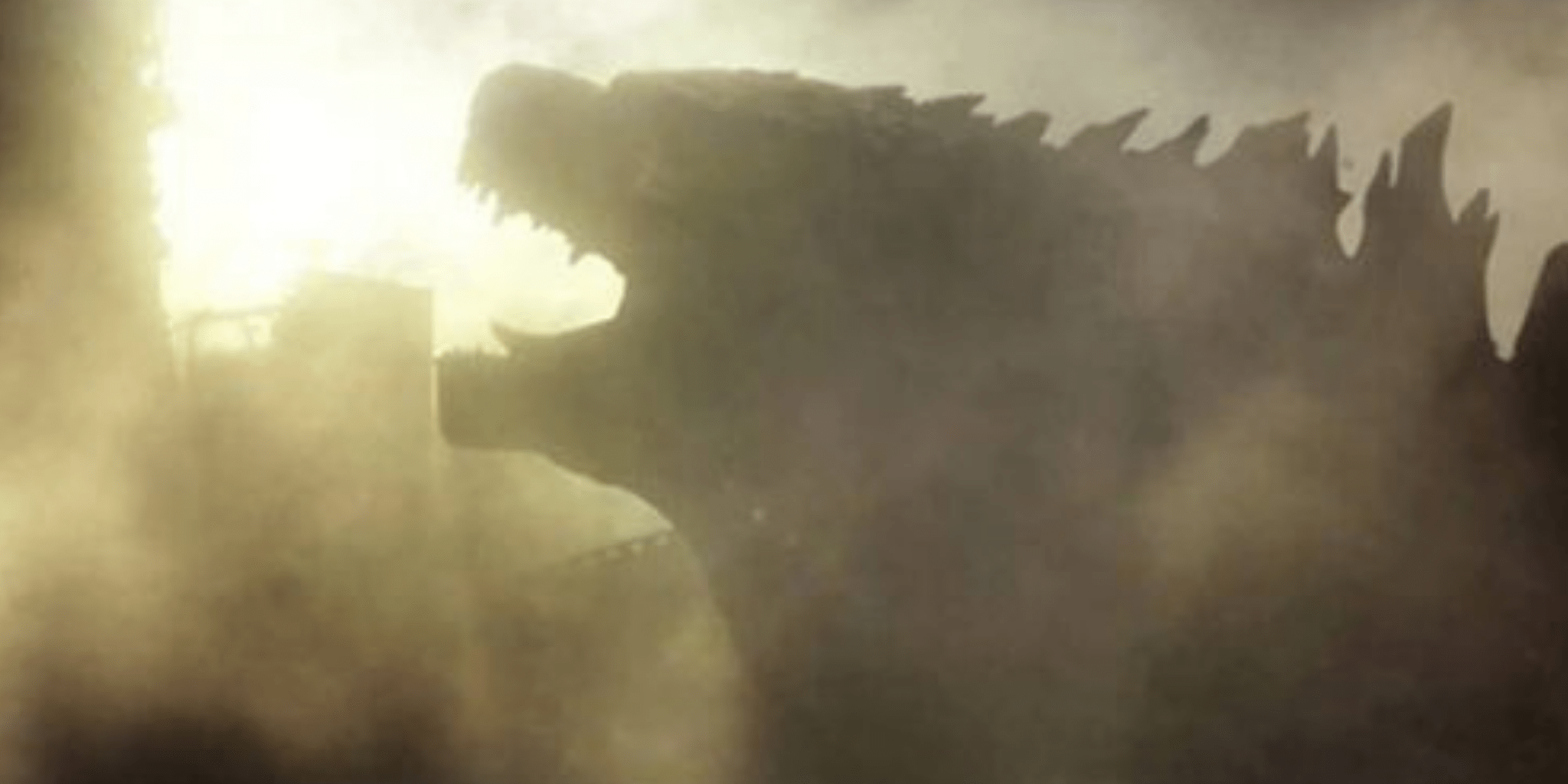We have much more to do and your continued support is needed now more than ever.
Godzilla: Monster or Metaphor?

As folks look to beat the summer heat and flock to their local theater to see the latest creature destruction flick “Godzilla: King of the Monsters,” few may know the origin of the original 1954 Toho Studios cult classic.
In what was a historic artistic decision, “Gojira” (Godzilla’s name in Japanese), an ancient monster awoken and made radioactive by undersea hydrogen bomb testing, was a metaphor and warning about the self-destructive power of the human species.

Director Ishirō Honda wanted Godzilla’s Tokyo rampage in the original film to mirror the atomic bombings of Hiroshima and Nagasaki, which was fresh in the minds of the Japanese people at the time. Designed to look like a cross between a gorilla and whale, Godzilla was more than any normal animal. According to Honda, “If Godzilla had been a dinosaur or some other animal, he would have been killed by just one cannonball. But if he were equal to an atomic bomb, we wouldn’t know what to do. So, I took the characteristics of an atomic bomb and applied them to Godzilla.”
Mark Jacobson of New York Magazine noted that when it comes to Godzilla, “Very few constructs have so perfectly embodied the overriding fears of a particular era. He is the symbol of a world gone wrong, a work of man that, once created, cannot be taken back.” In short, in his debut, Godzilla was more than just an excuse to destroy set pieces for entertainment; he encapsulated a mood and embodied a destructive force of nature that could not be contained. Godzilla was the embodiment of nature lashing out at the carelessness of man.
As the film went on to gross a massive ¥183 million (about 1.7 million USD), Godzilla entered the pop-culture lexicon, spawning multiple sequels that would be dubbed in different languages across the world. Some sequels ventured into silly territory, dropping the heavy themes for the sake of being family-friendly. Others explored themes such as waste wreaking havoc in nature in Godzilla vs the Smog Monster (1971); the engineering of crops gone awry in Godzilla vs Biollante (1989); and the hubris of man thinking he can control nature in Godzilla (2014).
“The arrogance of man is thinking nature is in our control … and not the other way around.”
— Dr. Serizawa, Godzilla (2014)
What can we learn from Godzilla?
The latest U.N. report warns of the potential extinction of over one million plant and animal species across the globe due to climate change and other human activities. This brings us to Godzilla Planet of the Monsters (2018) where humanity has had to flee Earth due to it becoming overrun by monsters. Of course, unlike the limitless world of science fiction, in reality, there is no “planet B” should the Earth become uninhabitable to humans.
For example, bees and other animal pollinators are responsible for fertilizing the majority of flowering plants on the planet, allowing the plants reproduce and form the seeds, berries and fruits that feed so many other species. One-third of our own food is the result of these animal pollinators, many of which are now in steep decline.
“Humans Are Speeding Extinction and Altering the Natural World at an ‘Unprecedented’ Pace.”
ーThe New York Times

And, the problem isn’t going away or showing signs of slowing down. The Trump administration continues to gut protections that all species depend on. Regulatory rollbacks are exacerbating wildlife decline, new mining proposals threaten brown bears and sockeye salmon, climate pollution limits and opened oil drilling in the Arctic reduces polar bears’ habitat, and the lack of clean water due to relaxed standards puts blue herons in danger. While many countries are starting to get serious about plastic pollution, the Pacific garbage patch is currently twice the size of Texas and still growing. In addition to being an eyesore, whales, sea turtles and other marine wildlife are dying from ingesting the massive amounts of plastic and trash.

As a result, the “unstoppable beast” is taking shape. As we are experiencing a global extinction of wildlife, and as natural disasters are growing more intense in the form of megafires, stronger hurricanes, and devastating floods, there becomes a sad parallel between art and life. Scientists have stated we only have 12 years to get climate policies in place to drastically reduce our carbon emissions in order to avoid the worst impacts of climate change.
All of this brings us to a critical point in time. Science is clear: we may not be facing off against a giant monster or other machinations of science fiction, but if we don’t act soon, the destruction will still be a making of our own design. We need the message of Godzilla now more than ever.
Like what you read? Please consider making a donation to support wildlife in danger:
Donate!





















